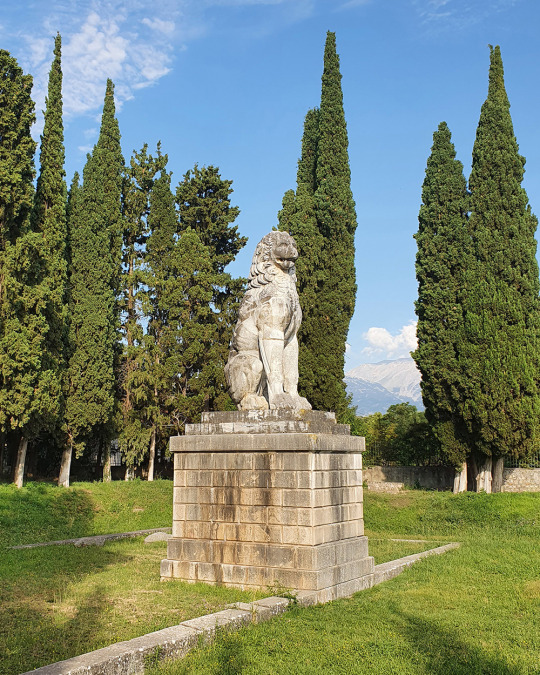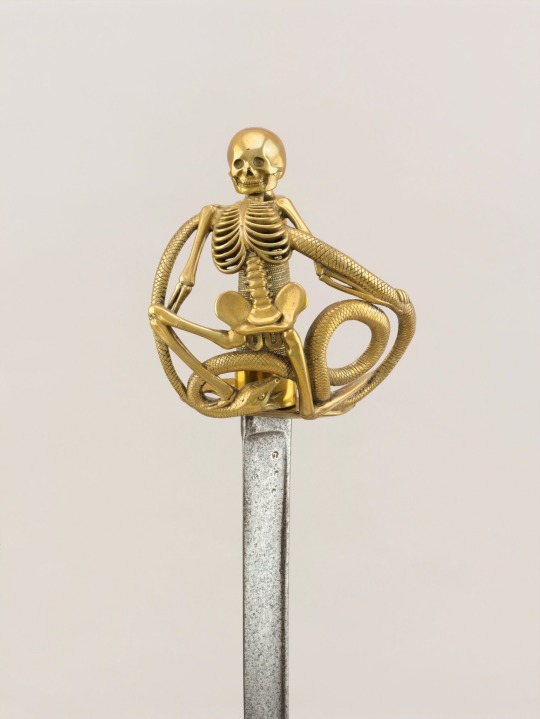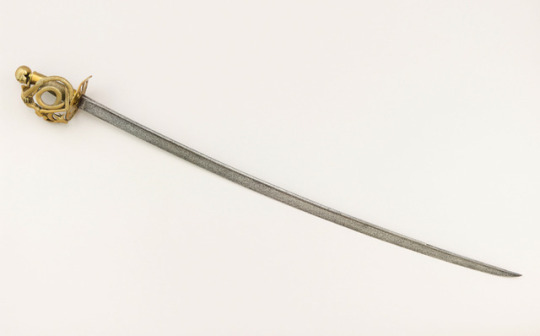der zeit ihre kunst der kunst ihre freiheit!!! ART ONLY!!!!!!!!!! *𝓑𝓸𝓻𝓰𝓮𝓸𝓲𝓼𝓮 𝓰𝓮𝓷𝓽𝓲𝓵𝓱𝓸𝓶𝓶𝓮*
Don't wanna be here? Send us removal request.
Photo








Willem Danielsz van Tetrode (1525 - 1580), “Neoptolemus and Astyanax”, circa 1552 depicts Neoptolemus, the son of Achilles and princess Deidamia. Odysseus was sent to bring the teenage Neoptolemus to Troy to deliver the arrows of Heracles which the captured Helenus, king Priam’s son, had predicted would contribute to the downfall of Troy. In most accounts Neoptolemus was the ruthless warrior who killed king Priam. Astyanax was, the son of Hector and Andromache, and crown prince of Troy.
The main attraction for this bronze when it was cast in the mid-16th century was certainly its association with the recently discovered ancient Roman marble, which marble shows Neoptolemus in the act of throwing Astyanax over the walls of Troy. It is interesting to note that Astyanax is shown with a bleeding wound in his stomach. Here, the warrior strides forward in a lunging movement, naked except for a cloak swept over his left shoulder and a scabbard slung over his right shoulder. He wears a hero’s laurel crown and has the remains of the hilt of a sword in his right hand. With his left hand he holds a youth across his back by the right leg. The dead youth bleeds from a wound in his left side. This dramatic and ambitious group is directly inspired by a monumental antique marble from the Farnese collection, whose subject matter has been much debated
Its beautiful original translucent patina is a rare survival amongst Italian 16th century bronzes. The combination of a dynamic composition with exaggerated anatomy, but inspired by the antique, and cast with vigour yet refinement are the hallmarks of the great Netherlandish sculptor, Willem van Tetrode.
There are three great 16th century sculptors from the Low Countries whose style and fame were formed in Italy: Giambologna, Adrien de Vries and Willem van Tetrode. Today all three are highly esteemed for their contributions to Mannerist sculptural developments, which makes their rare bronzes highly sought after by museums and collectors alike. Tetrode is probably the least appreciated of this triumvirate, so the appearance at auction of this fabulous lifetime bronze provides a welcome opportunity to explore his individual style and origins.
Born in Delft, Tetrode moved to Florence by 1548 to work as an assistant to Benvenuto Cellini - a few years before Giambologna’s arrival there. It is thought that he had previously assisted Cellini in France on commissions for Francis I. From Cellini’s detailed accounts it is clear that by this time Tetrode was already a highly gifted marble carver, trusted with the execution of important commissions, such as the Bust of Cosimo I de’ Medici, the exuberant marble base for Cellini’s bronze statue of Perseus and, in an indication of things to come, the group of Ganymede and the Eagle, which incorporated an antique torso. Around 1552, Tetrode moved to Rome where he worked with Guglielmo della Porta. At this time della Porta was much engaged as a restorer of antique sculpture and it was Tetrode’s involvement in this activity which proved instrumental in the formation of his future development. Tetrode’s development of a ‘northern aesthetic’ influenced many future artist’s including Peter Paul Rubens.
244 notes
·
View notes
Text

“The Cameo of two Emperors in the Byzantine Collection of Dumbarton Oaks is incredible! Unfortunately, it is not clear who the depicted men are. The roughly incised inscription DIOCL(etianus) MAXim(ianus) AVG(ustus) on the gold plaque at the back of the gem, the style of execution and details of its iconography, identify, by the majority of scholars, the Cameo portraits as a product of the Tetrarchy, and subsequently, the depicted men as members of it. Taking into added consideration that the Dumbarton Oaks gem is cut from a larger work, it is highly plausible that the original gem might have shown the four Tetrarchs.
Busts of Two Emperors, late 3rd century - early 4th century, Chalcedony on Gold, 3.5 cm x 4.3 cm, Dumbarton Oaks, Washington DC, USA.”
From FB.
3 notes
·
View notes
Text

1925 c. Theban Dancer by Claire Jeanne Roberte Colinet crafted of gilt and silvered bronze and veined green marble. From Art Deco, FB.
206 notes
·
View notes
Text
2016 Tumblr Top 10
1. 10.186 notes - Nov 19 2016

2. 8806 notes - Apr 29 2016

3. 8012 notes - Jan 16 2016

4. 7935 notes - Aug 8 2016

5. 7084 notes - May 17 2016

6. 4915 notes - Mar 26 2016
7. 3565 notes - Jun 5 2016

8. 3525 notes - Jul 19 2016

9. 3327 notes - Jan 19 2016

10. 3255 notes - Jan 19 2016

Created by TumblrTop10
21 notes
·
View notes
Text

Rapier, Italian, circa 1610-1620
from The Art Institute of Chicago
212 notes
·
View notes
Photo

The Lion of Chaeronea (Boeotia), Greece
Height: 5,5 meters
The lion was erected by the Thebans after the battle of the same name to commemorate their fallen. Under the monument, archaeologists unearthed a mass grave of 254 people, now identified as members of the elite military unit known as “The Sacred Band of Thebes.
The monument was found in pieces, and restored to its full height in the early 20th century. The lion is one of the oldest standing war memorials of Greece.
419 notes
·
View notes
Text


Vincenzo Foggini (Italian, 1701-1755). 'Samson and the Philistines', c.1749. V&A Museum, London.
159 notes
·
View notes










